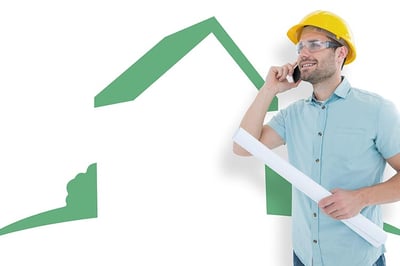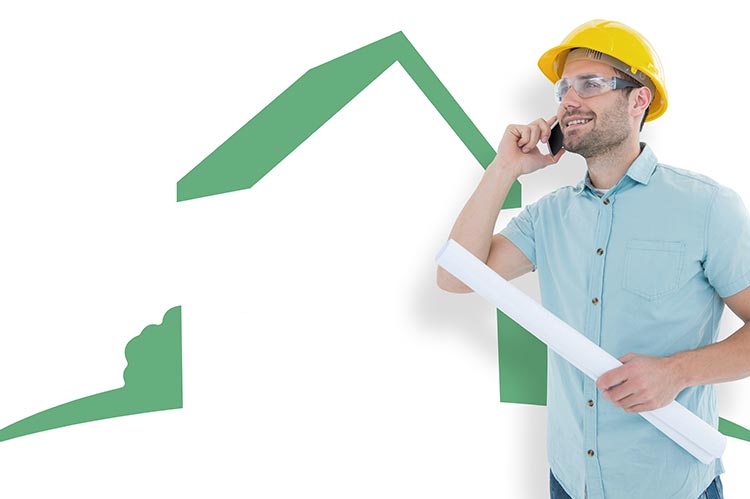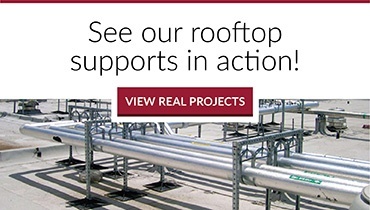 Green roofs are not new. In fact, the concept extends all the way back to the Hanging Gardens of Babylon, one of the Seven Wonders of the Ancient World. But the move toward sustainable roofing systems and environmental responsibility has cast them in a new light. Companies everywhere, especially in urban areas, are investigating the benefits to see whether a green roof would be a good investment for their company. They’re discovering that there are quite a few benefits.
Green roofs are not new. In fact, the concept extends all the way back to the Hanging Gardens of Babylon, one of the Seven Wonders of the Ancient World. But the move toward sustainable roofing systems and environmental responsibility has cast them in a new light. Companies everywhere, especially in urban areas, are investigating the benefits to see whether a green roof would be a good investment for their company. They’re discovering that there are quite a few benefits.
1. Energy Costs
During hot weather, a traditional roof can be up to 90 degrees hotter than the surrounding air. A green roof, on the other hand, maintains a much more stable temperature and is often even cooler than the surrounding air. In one survey of 33 similar facilities, the one building with a green roof reported energy usage of 28-kilowatt hours, which put in well below the median usage of 34.56-kilowatt hours. That’s not surprising, because the growing medium and the plants themselves provide additional insulation, protecting the roof from heat gain.
The plants also absorb heat when any water on their leaves or foliage evaporates in a process called evapotranspiration. Additionally, when a number of companies in one area have green roofs, that can help mitigate the heat island effect.
2. Storm Water Management
One of the key purposes of a roof is to present an impermeable surface to keep rainwater from getting inside the building. Unfortunately, that leads to runoff, excess storm water, and, in the worst cases, sewer overflows. Green roofs reduce that problem by acting as a sponge. Between the growing medium and the vegetation itself, some green roofs absorb up to 70% of the rain that falls on them.
3. Life of the Roof
Due to the growing medium and vegetation protecting the roof membrane from harsh weather and harmful UV rays, the life of the roof can almost double.
4. Air Quality
Plants act as living filters for toxins in the air, absorbing both carbon dioxide and other impurities – all while emitting oxygen. In addition, by mitigating the heat island effect, green roofs further improve air quality by preventing the smog and ozone that form when air pollution mixes with high temperatures.
5. Biodiversity
Because of the unique, controllable conditions on a rooftop, a green roof can support plants that otherwise wouldn’t survive in the surrounding environment. In addition, those plants attract wildlife like insects, bats, and a variety of birds.
6. Noise Pollution
Not only do the plants and growing medium absorb harmful UV rays, they also absorb sound, reducing noise pollution both inside and outside the building.
7. Aesthetics
In addition to the practical benefits of a green roof, the aesthetic benefits are undeniable. A green roof can provide a relaxing retreat for employees, giving them a place to grab a quick break, eat lunch, or even hold a meeting. Moreover, a green roof provides an attractive change of scenery for occupants of taller buildings.
8. LEED Certification
The Leadership in Energy and Environmental Design (LEED) program recognizes environmentally friendly buildings by granting varying levels of certification. LEED certification is determined by a point system, and sustainable roof systems can provide a lot of points!
9. Local Incentives
Some localities, recognizing the benefits of green roofing, offer their own incentives. New York City, for example, will offset the initial cost by as much as 35%. In Milwaukee, the Green Roof Initiative offers an incentive of $5 per square foot. And the city of Nashville reduces a property’s sewer fees by $10 per square foot of green roof. You can learn more about any local incentives that may be available by visiting My Plant Connection, Inc.
Green roofs offer a myriad of benefits, both for the occupants of the buildings that have them and for their neighbors. The only real barrier has been the initial cost, which can be significantly higher than that of a traditional roof. However, the long-term savings – such as energy usage and the life of the roof – offset the initial investment in sustainable roof systems.




